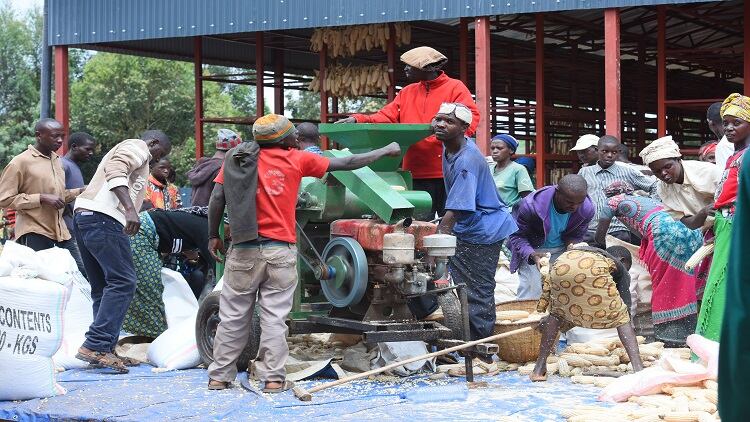A recent report revealed that children residing in the coastal and north eastern wetland — or haor — regions of the country are 1.5 times more likely to be stunted than children in other parts of Bangladesh.
This was presented at a recent seminar entitled Leveraging agriculture for nutrition in Bangladesh, organised by BRAC (Building Resources Across Communities), the world's largest NGO, and international research partnership LANSA (Leveraging Agriculture for Nutrition in South Asia).
The report highlighted the country's haor and coastal belts — the former known for being waterlogged and the latter for being affected by salinity — as particularly affected by under-nutrition.
Households in these areas earn 16% less income than those in other parts of Bangladesh, and malnutrition is more prevalent: the overall prevalence of stunting in the haor basin is 46.6%, compared to 30.9% in the rest of the country, and the prevalence of underweight individuals is 44.5% in the haor basin, compared to 34.1% in other areas of Bangladesh.
Agricultural difficulties
The report stated that increased production of diet-diverse and nutrition-rich foods could help to reduce the rate of malnutrition, emphasising the role of agricultural innovation in this aspect.
The seminar's guest of honour, additional secretary to the ministry of agriculture Fazle W. Khondaker, further drove home the point, saying that agriculture was the most vital tool for meeting the UN's Sustainable Development Goals.
Seminar attendees also called on the government to introduce more initiatives for farmers to cultivate diverse crops to help fight malnutrition.
However, climate change, labour shortage, flooding and storms (among other natural disasters) have been posing serious challenges to agriculture in Bangladesh, making it especially crucial for cross-sector cooperation.
Public education for better nutrition
The need for better health education, in addition to standard education, was also brought up by Samir Kanti Sarker, director of the Institute of Public Health and Nutrition, while Imran Matin, executive director of the BRAC Institute of Governance and Development, said access to information was one of the key factors to fighting malnutrition in Bangladesh.
He added that agricultural incentives and food consumption behaviour were similarly important, and highlighted the urgency of implementing cost-effective agricultural initiatives to combat malnutrition.
Some of the possible solutions discussed at the seminar — especially with regards to reducing malnutrition among the disadvantaged — included nutrition and feeding programmes at schools, the encouragement and facilitation of more widespread and frequent milk intake, and greater food storage and processing capacity.
Problems and programmes
Malnutrition in Bangladesh has been a prevalent issue for years, with women and children the most severely affected.
Anaemia is especially common among expectant mothers in South Asia, where a third of the world’s anaemic women live, while childhood stunting is widespread in Bangladesh.
Studies have recommended mandatory folic acid fortification to reduce child morbidity and mortality, a multi-faceted, multi-sectoral approach to lighten women's double-burden of malnutrition, and sustainable programmes through public-private partnerships to curb widespread vitamin A deficiency.
However, while several nutrition-centric have been implemented over the years in an attempt to manage these problems, they have been criticised as "weak" and "sporadic", resulting in negligible progress.
More recently, major organisations and companies from overseas have begun to pitch in: in April, the country's Dutch embassy donated US$800,000 to a rice fortification initiative spearheaded by the UN World Food Programme (WFP), and Bangladesh's Ministry of Food and Ministry of Women and Children Affairs.
More recently, Dutch MNC DSM announced its plan to help make good nutrition more affordable by working with manufacturers to develop nutritional snacks, made with locally-sourced ingredients to minimise production costs.


